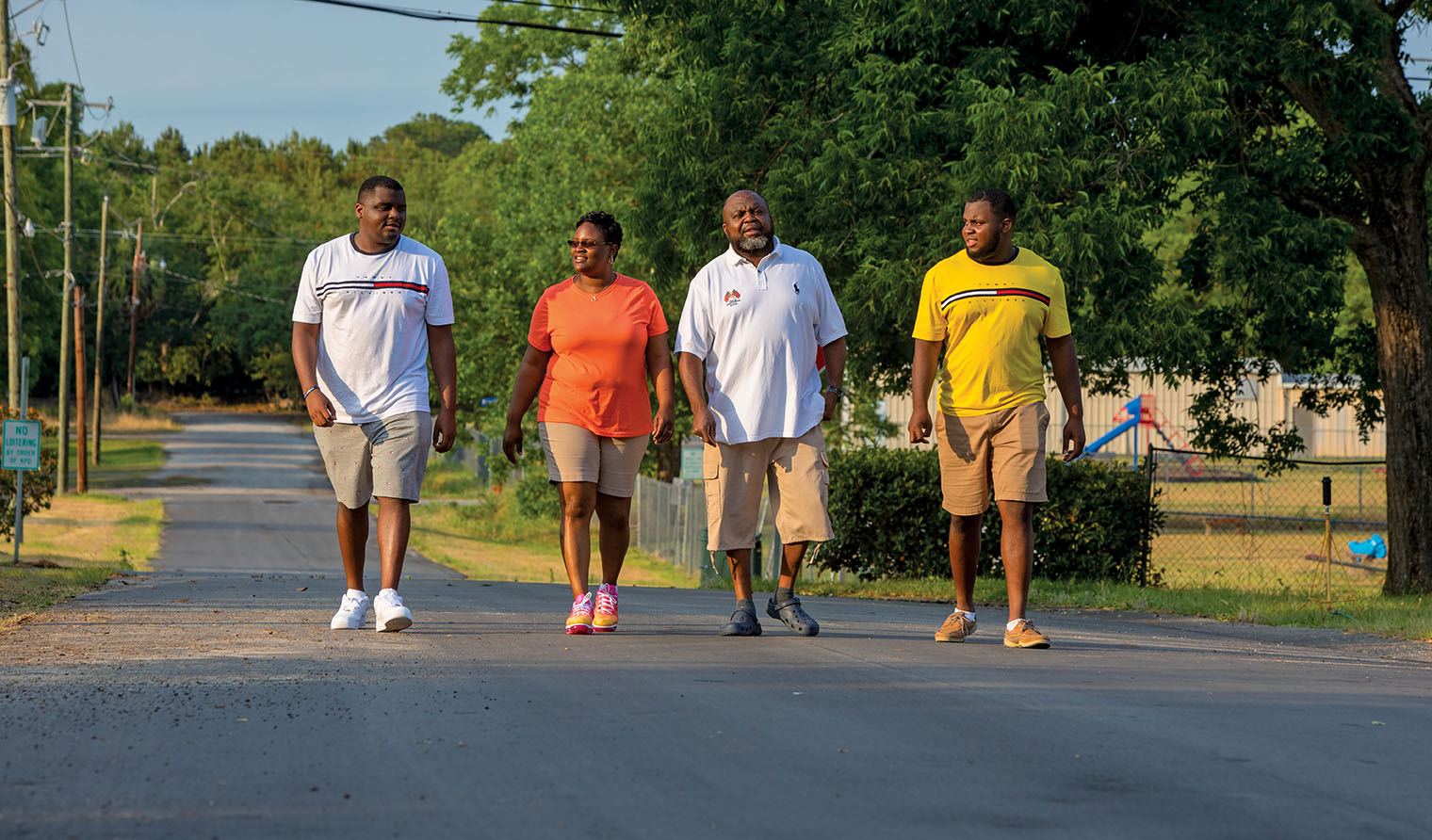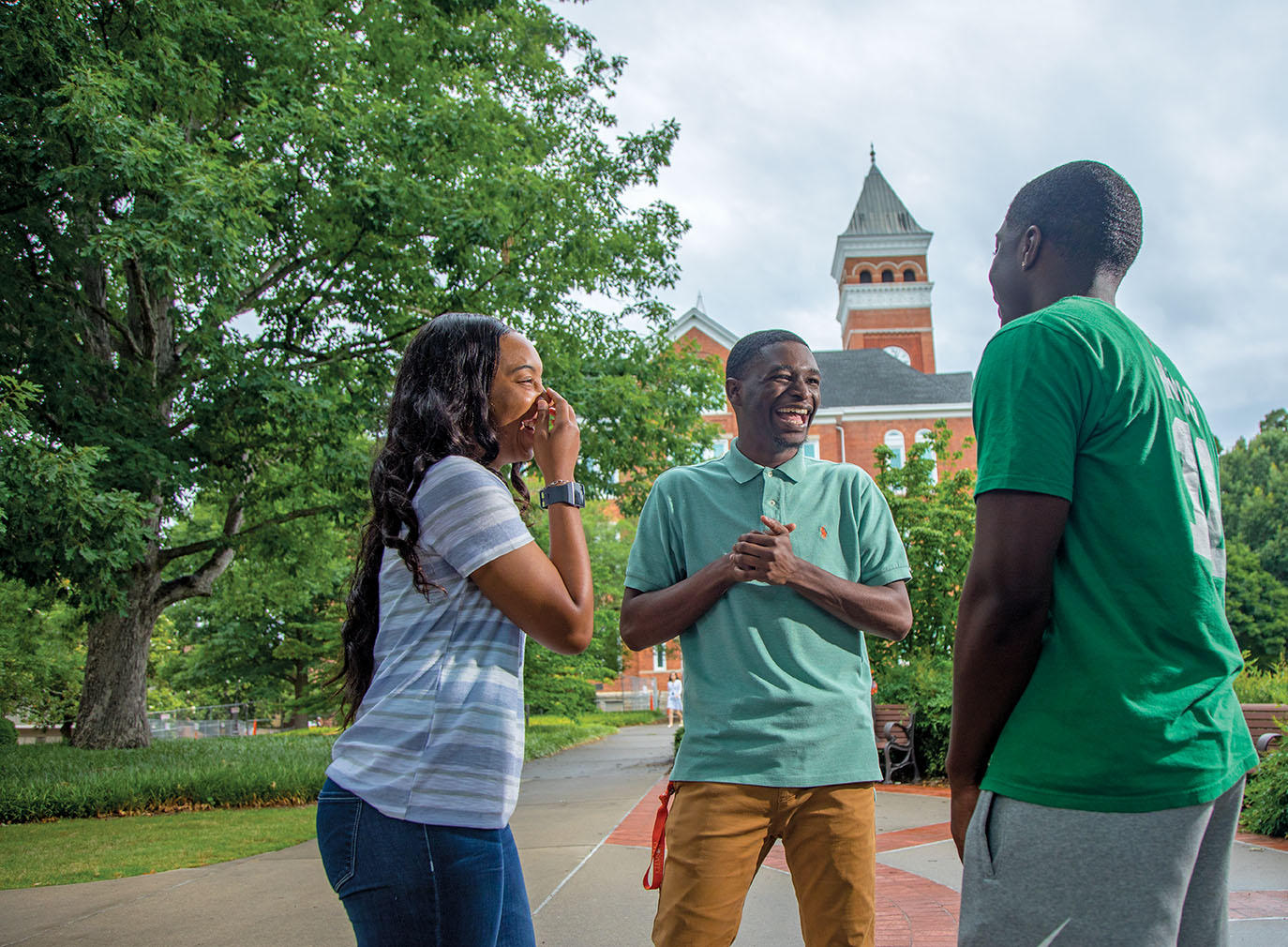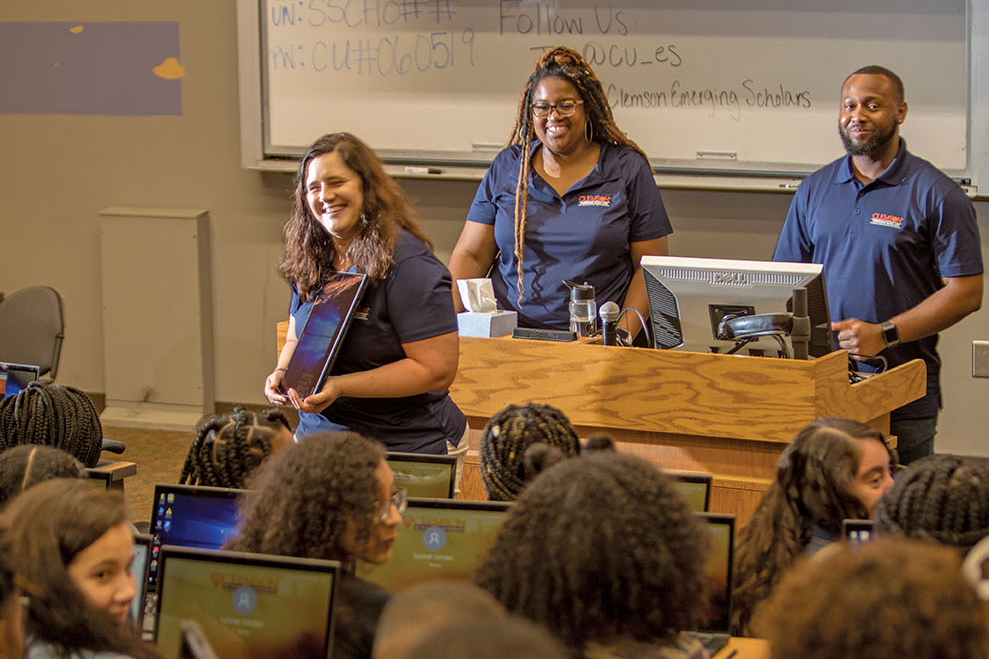ALLENDALE, S.C.—Cutting a swath through eastern South Carolina, hugging the contours of Interstate 95, is a string of neglected towns known as “The Corridor of Shame.” Once a byway to the beaches, the route beckoned tourists with home-style restaurants and roadside motels, backing up to tall pine forests and cotton fields. Textile mills and tobacco farms kept the largely black populace employed.
But then the highway came, the mills closed, and the U.S. tobacco market collapsed. The result has been school districts so poor they can’t even meet the state’s standard of a “minimally adequate” education.
In 1993, multiple school districts sued the state, claiming that an inequitable funding formula, heavily reliant on local tax bases, deprived them of the resources they needed to maintain schools. Buildings routinely flooded with sewage, lacked air conditioning, and stocked library books dating back to the 1950s. In 2014, after prolonged trials and appeals, the South Carolina Supreme Court agreed.
Although the state has since poured millions into these schools, removing two from the ranks of the lowest-performing 10 percent, the changes are barely apparent. Visitors to the region still see miles of vacant storefronts, rusting trailers and patched-up homes. Nor are the changes noticeable in the academic numbers. “Divided by race, mired in inequities and hobbled by its history, South Carolina’s public school system is among the worst in the nation,” wrote Charleston’s Post and Courier recently, “saddled with a legacy of apathy and low expectations that threatens the state’s newfound prosperity.”
Poverty vs. potential
Jerome Jr., Justin and Jalyn Polite, brothers from the impoverished farming town of Allendale (population 3,000) are all products of this system. For years they put up with chronic teacher shortages, limited curriculum, and antiquated computers in a county school system ranked among the five worst in the state. Although the district graduates 79 percent of its students, only 5 percent score well enough on tests to get into college. Having taken control of the school district for eight years once before, the state has taken it over again.
For graduates of a school system as broken as this, the options for the future have proven limited. But the Polite brothers have a way out.

Three hours northwest along the Georgia state line, in the foothills of the Appalachian Mountains, Clemson University reigns as the state’s original land-grant research institution. With 24,000 students, Clemson is known for its charming campus, its rabid and generous alumni, and its powerhouse football team. It has a lot of numbers to be proud of, including its rise in college rankings, and one not to be: Although the state of South Carolina is more than 27 percent African-American, less than 7 percent of the Clemson student body is black.
Clemson has been working to improve that number by reaching out to the small towns in this deeply rural state. And one of its initiatives specifically targets students in the I-95 corridor. Known as Emerging Scholars, the program brings high school students to the Clemson campus every summer to help them establish a college-going mindset, giving them academic enrichment, one-on-one tutoring, and lessons in leadership. The aim is not necessarily to get students into Clemson (the in-state acceptance rate is 53 percent and declining), but to any college that suits them.
The program starts with rising high school sophomores. During the school year, they participate in test-taking workshops and other college-readiness activities. Then, during the summer, they spend a week on the Clemson campus taking reading, writing, and math classes, tackling practical matters such as filling out the application for federal financial aid, and doing team-building exercises. As rising juniors, they go to campus for two weeks. Reading, writing, and math skills are reinforced; science classes are introduced; and students learn more about college access. Finally, the summer before their senior year, students go to Clemson for three weeks. Simulating a typical freshman schedule, they take five courses: English, math, social science, laboratory science, and art. They begin work on their college applications and take day trips to two colleges in Atlanta.
By the time students enroll at Clemson or elsewhere, they are familiar, even comfortable, with college culture, both socially and academically. This sense of belonging, said program head Amber Lange, is what so many minority, low-income, and first-generation students lack, and yet it is key to their persisting and earning a degree.
Justin Polite, a first-year business management student at Clemson, says the Emerging Scholars staff and fellow scholars smoothed his transition to college. “In high school I got comfortable with not studying,” he said. “At Emerging Scholars, they push me. And when I have a problem, I know they will help me out. You feel at home, because you’re with people who relate to you.”
Justin’s brother Jerome, a Clemson sophomore who is also majoring in management, was first attracted to the college by football, which he played in high school. “I at first didn’t want to go (to the summer program) because I wanted to go to football camp,” he said. “Then I thought maybe it wouldn’t be too bad to think about academics.” His mother, a teacher in the Allendale schools, told all of her sons while they were in high school: “There is nothing for you here. You can’t stay here.” Jerome, who is now on a full scholarship at Clemson (which is offered to all Emerging Scholars who gain admittance), calls the college “a dream school.”
The youngest Polite brother, Jalyn, a high school junior, is also an Emerging Scholar. On campus this summer, he benefits from the mentoring of people like William Mitchell, himself a former Scholar and now a student at Clemson.
Like the Polite brothers, Mitchell came from a struggling district, Estill (population. 1,834), where he said: “Students are not getting the advice they need or the exposure.” But his mother, a teacher, told him that, even if his school was the bottom of the barrel, he’d at least be at the top of it. “I learned how to teach myself, and when I got to Clemson, I had to catch up on what I missed in high school,” he says. In the summer program, reading college-level material, he got tips on how to study, how to improve his writing, and how to apply math to real life. He learned, as he puts it, “a way to rise above Estill.”

‘All eyes were on me’
There is no escaping that the “I-95 students” are often the only students of color in a Clemson class or at a social gathering. Justin Polite recalled walking into a lecture hall with more than 300 classmates and his being the only black face. “I felt all their eyes were on me,” he said. “Sometimes you feel you don’t belong here. You’ve got to have thick skin.” Mitchell agreed. “It was different. People there have a different outlook on life,” he said. “The jokes I made, they didn’t get. But the summer program taught me how to interact with all kinds of people.”

Since Emerging Scholars started in 2002, more than 850 students have passed through the program, and all have graduated from high school. Ninety percent have gone on to college or joined the military immediately afterward. “When no one in your family has gone to college, this says you can go,” Mitchell pointed out. “It says that even if you live in a really small town, you can succeed. We were worn out every night, and it was a lot to pack in. But it was worth it.”
